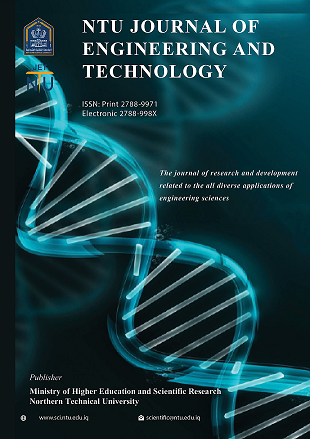Machine learning Techniques for Spondylolisthesis Diagnosis: a review
DOI:
https://doi.org/10.56286/ntujet.v3i2.768Keywords:
Spondylolisthesis, Artificial Intelligence, Computer-assisted diagnosis, Deep learning, Grading.Abstract
Spondylolisthesis, a condition marked by vertebral slippage, presents a challenge in medical diagnosis and grading. This study examines previous research on image processing for spondylolisthesis severity evaluation. Methodologies, sample sizes, algorithms, and measurement accuracy are the main topics of interest. The study shows the potential of computer-assisted methods for diagnosing spondylolisthesis, particularly in situations where qualified medical personnel are scarce. Machine learning techniques and deep learning models, including convolutional neural networks (CNNs), are utilized to accurately detect and assess spondylolisthesis. Notably, these findings address a gap in previous research by measuring spondylolisthesis severity and distinguishing between normal and abnormal spines. The analysis emphasizes the significance of selecting the appropriate modality and data quality, with X-rays predominating as the preferred imaging technique. This review highlights how deep learning and machine learning models can improve spondylolisthesis diagnosis, enabling enhanced diagnosis and treatment methods.
Additional Files
Published
Issue
Section
License
Copyright (c) 2024 Rahma Rabee Aziz , Mohammed S. Jarjees, Mohammad R. Aziz, Ali Asim Hameed

This work is licensed under a Creative Commons Attribution 4.0 International License.











